Full spectrum paints
legomom23
11 years ago
Featured Answer
Sort by:Oldest
Comments (39)
fnmroberts
11 years agolast modified: 9 years agoEG3d
11 years agolast modified: 9 years agoRelated Professionals
Ridgefield Park Interior Designers & Decorators · Liberty Township Interior Designers & Decorators · Boston Furniture & Accessories · Greenville Furniture & Accessories · Marietta Furniture & Accessories · Port Charlotte Furniture & Accessories · Stuart Furniture & Accessories · Los Gatos Furniture & Accessories · Sugar Hill Furniture & Accessories · Wellesley Furniture & Accessories · Saratoga Custom Artists · Monrovia Lighting · Wilmington Lighting · Brenham Window Treatments · Sayreville Window Treatmentssbp59
11 years agolast modified: 9 years agolegomom23
11 years agolast modified: 9 years agolegomom23
11 years agolast modified: 9 years agomarcolo
11 years agolast modified: 9 years agolegomom23
11 years agolast modified: 9 years agoLori A. Sawaya
11 years agolast modified: 9 years agosis2two
11 years agolast modified: 9 years agodakota01
11 years agolast modified: 9 years agomarcolo
11 years agolast modified: 9 years agoLori A. Sawaya
11 years agolast modified: 9 years agoLori A. Sawaya
11 years agolast modified: 9 years agodeegw
11 years agolast modified: 9 years agodakota01
11 years agolast modified: 9 years agoindygo
11 years agolast modified: 9 years agobronwynsmom
11 years agolast modified: 9 years agolazy_gardens
11 years agolast modified: 9 years agoLori A. Sawaya
11 years agolast modified: 9 years agolegomom23
11 years agolast modified: 9 years agoLori A. Sawaya
11 years agolast modified: 9 years agodakota01
11 years agolast modified: 9 years agoLori A. Sawaya
11 years agolast modified: 9 years agomarcolo
11 years agolast modified: 9 years agojodokus
11 years agolast modified: 9 years agodakota01
11 years agolast modified: 9 years agoLori A. Sawaya
11 years agolast modified: 9 years agocal_dreamer
11 years agolast modified: 9 years agoLori A. Sawaya
11 years agolast modified: 9 years agoVertise
11 years agolast modified: 9 years agoEG3d
11 years agolast modified: 9 years agoVertise
11 years agolast modified: 9 years agoLori A. Sawaya
11 years agolast modified: 9 years agoTmnca
11 years agolast modified: 9 years agoSunnyCottage
11 years agolast modified: 9 years agoLori A. Sawaya
11 years agolast modified: 9 years agoDee Lirium
8 years agojjam
8 years ago
Related Stories
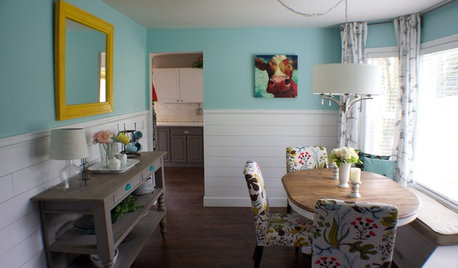
ROOM OF THE DAYRoom of the Day: A DIY Dining Room Full of Cheer
Seeking an uplifting spot during gray days in Washington state, this couple brightened their space with turquoise paint and DIY spirit
Full Story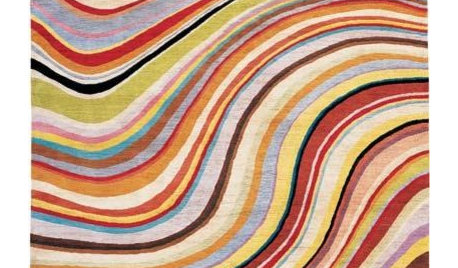
PRODUCT PICKSGuest Picks: Kaleidoscopic Color to Shake Up Your Rooms
Why pick one color when you can have all of them? These high-pigment home decor pieces dazzle with a full spectrum of happy hues
Full Story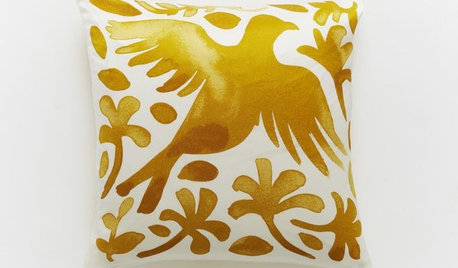
PRODUCT PICKSGuest Picks: 20 Full-of-Character Furnishings With Global Flair
Layer furniture, accessories and textiles with a worldly appeal to tell your own one-of-a-kind story
Full Story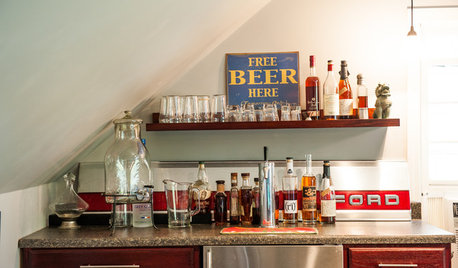
KITCHEN DESIGN15 Creative Backsplashes Full of Character
You’ll find personality aplenty in these distinctive backsplashes — and lots of inspiration too
Full Story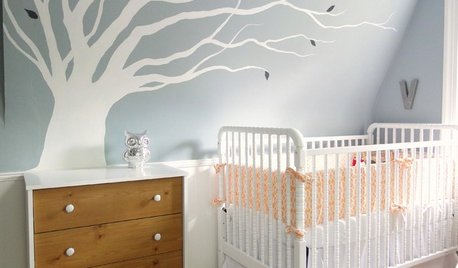
MORE ROOMS5 Nurseries Full of Ingenuity and Originality
These clever rooms are full of comfort and fun for baby, whether your bundle of joy is a girl or boy
Full Story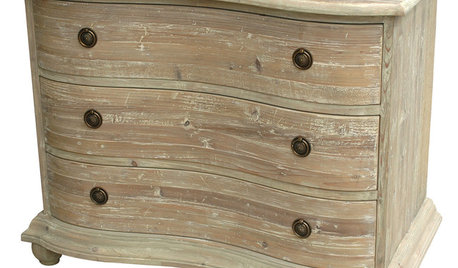
PRODUCT PICKSGuest Picks: Reclaimed Wood Pieces Full of Character
Bring a sense of history and depth to your rooms with furniture, lighting and art made from upcycled wood
Full Story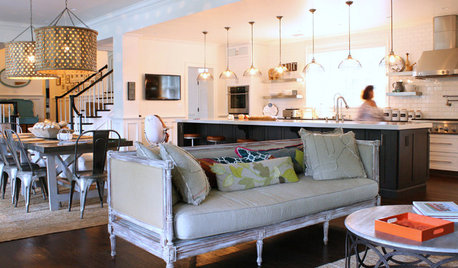
HOUZZ TOURSMy Houzz: Home Full of Boys Achieves Order and Inspiration
A 3-month overhaul produces an organized and inviting space fit for this Florida family of 9
Full Story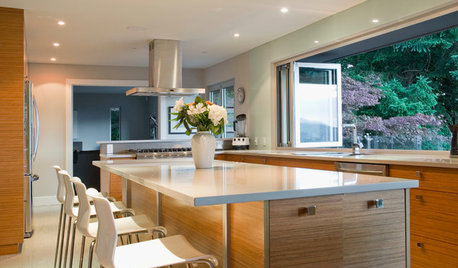
HOUZZ TOURSMy Houzz: Full-Tilt Reinvention for a 1950s Ranch
Out went the dated features of this Vancouver hilltop home, and in went contemporary finishes and clean lines
Full Story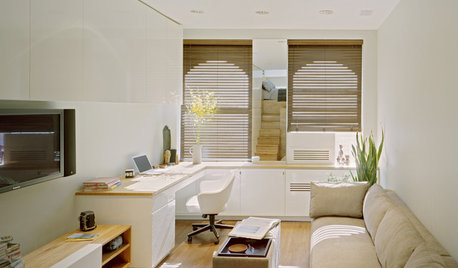
SMALL HOMESCan You Live a Full Life in 220 Square Feet?
Adjusting mind-sets along with furniture may be the key to happiness for tiny-home dwellers
Full StoryMore Discussions






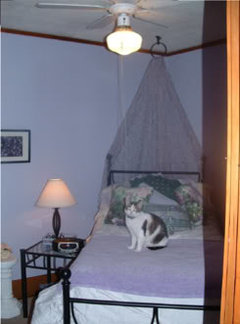
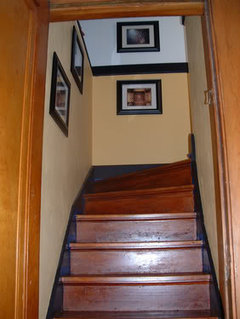

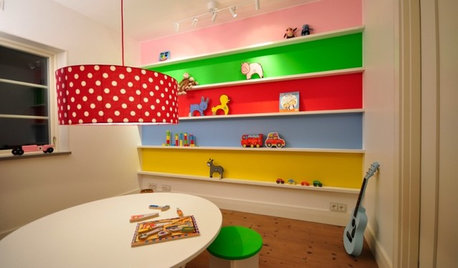

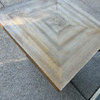
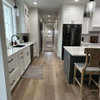

Lori A. Sawaya